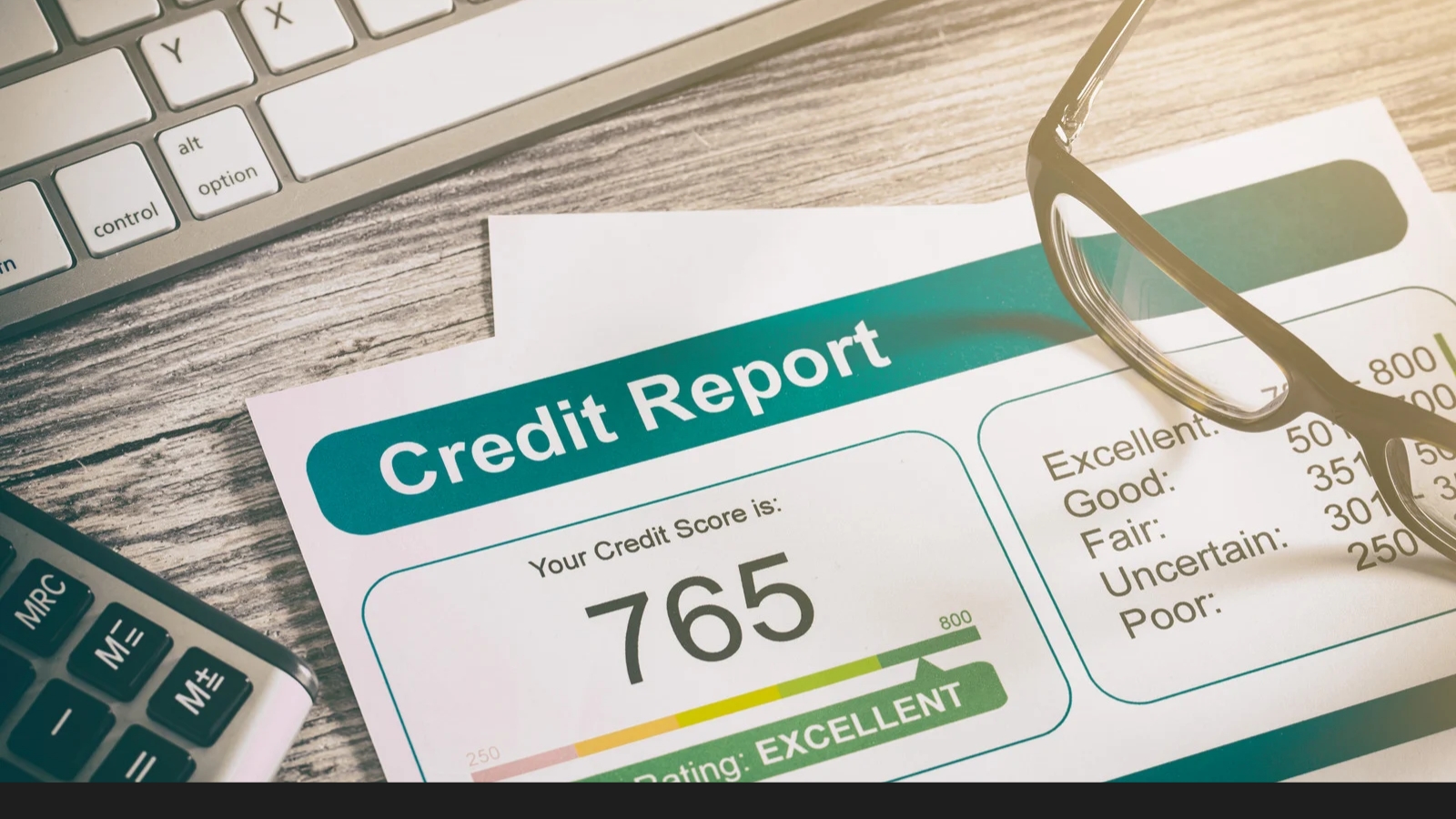Getting a perfect credit score feels like trying to catch lightning in a bottle. Everyone talks about it, but very few actually reach that 850 mark. Yet, the truth is, perfection isn’t magic; it’s maintenance. Credit scores reflect habits, patterns, and decisions over time, not just your financial worth.
Maybe you’ve been paying bills on time and keeping your debts in check, yet your score seems stuck. That’s because the slightest misstep, something as harmless as closing an old credit card, can nudge your score in the wrong direction.
The good news? Every mistake has a fix. Once you know what’s tripping you up, you can make simple changes that steadily pull your score higher. So, let’s dig into nine common errors that could be keeping you from the credit score you deserve.
1. Late Payments—Even Once Can Hurt
Missing a payment by just a few days might seem harmless, but credit bureaus don’t see it that way. Once your payment is 30 days overdue, it’s reported as delinquent, and that single hiccup can shave as much as 100 points off your score.
Think of your payment history as a report card. Every on-time payment is an “A.” Miss one, and suddenly your GPA drops. Even if you catch up later, the mark lingers for years, quietly dragging your score down.
To stay ahead, automate your payments or set multiple reminders before the due date. If you know a delay is coming—say, a paycheck arrives late-call your lender. Many are willing to forgive a first offense if you’ve been reliable in the past. Consistency, not perfection, builds a solid credit reputation.
2. High Credit Utilization
Your credit utilization ratio is the percentage of your available credit that you’re using. If you’ve got a $10,000 limit and a $7,000 balance, you’re using 70%. That’s like running a marathon in ankle weights; it slows you down.
Experts recommend keeping utilization under 30%, but lower is always better. High balances signal to lenders that you might be stretched too thin, even if you’re paying everything on time. It’s not about how much you owe; it’s how much you owe compared to what you could borrow.
Try making multiple payments throughout the month rather than waiting until your statement date. Or, ask for a credit limit increase, but only if you can resist the temptation to spend more. Your score rewards discipline, not access.
3. Closing Old Credit Cards
It feels satisfying to declutter your wallet and shut down a card you never use, but this move can do more harm than good. Credit history length is a significant factor in your score, and when you close an old account, you shorten that timeline.
That old card acts like a time capsule, showing lenders you’ve handled credit responsibly over the years. Cancel it, and your average account age drops. Plus, you lose available credit, which can raise your utilization rate.
If an old card doesn’t cost you an annual fee, keep it open. Use it once in a while —maybe buy gas or a coffee — and pay it off right away. You’ll keep your credit history intact and your utilization low.
4. Applying for Too Many New Accounts
Opening several credit cards or loans within a short period may seem like a good idea, especially if you’re chasing sign-up bonuses, but it can backfire. Each application triggers a “hard inquiry,” which slightly lowers your score.
Individually, one inquiry isn’t a big deal. But string several together, and lenders start wondering if you’re desperate for credit. It also reduces the average age of your accounts, which is another strike against you.
Instead, space out applications by six months or more. Research cards and loans carefully before applying, and use prequalification tools that don’t impact your score. Think of credit like dating: too many first dates in one week can look suspicious.
5. Ignoring Errors on Your Credit Report
Imagine discovering that someone else’s unpaid debt is dragging down your score. It happens more often than you’d think. Errors on credit reports, from wrong addresses to mistaken accounts, are surprisingly common and can cost you dozens of points.
You’re entitled to one free report per year from each major bureau (Experian, Equifax, and TransUnion) through AnnualCreditReport.com. Check them all, line by line, for mistakes or suspicious activity.
If you find something wrong, file a dispute with documentation. The credit bureaus must investigate and respond within 30 days. Cleaning up one incorrect late payment or false account can do more for your score than months of perfect behavior.
6. Paying Only the Minimum
Paying just the minimum balance might keep your account in good standing, but it’s a trap. You end up stuck in a cycle where interest eats your progress. Over time, you’re giving more money to the bank and keeping your balance nearly static.
From a credit scoring standpoint, minimum payments also make you look financially stretched. Lenders prefer borrowers who can pay off significant portions of their balance each month.
If you’re juggling multiple cards, use the avalanche or snowball method: tackle the one with the highest interest first or the smallest balance for quick wins. Paying more than the minimum is like trimming the weeds before they turn into a jungle.
7. Forgetting Small Balances or Old Collections
You might think an old $40 phone bill in collections is no big deal, but credit bureaus disagree. Even small unpaid debts can linger for years, haunting your score like a ghost you thought you’d exorcised.
Collections can stay on your report for up to seven years, even if you settle them later. However, paying them off still helps. Newer credit scoring models (like FICO 9 and VantageScore 4.0) ignore paid collections when calculating your score.
So, take a day to track down any unpaid or disputed collections. Contact the collector directly, pay it off, and, if possible, ask for a “pay-for-delete” agreement in writing. Clearing old baggage lets your score finally breathe.
8. Neglecting Your Credit Mix
Having only one type of credit—say, just credit cards or just a car loan can make your profile look incomplete. Lenders like to see you managing different forms of credit, such as revolving (credit cards) and installment (loans).
This doesn’t mean you should take unnecessary loans just for variety. But if you’re planning a major purchase, consider how adding another type of credit could improve your profile in the long run.
A healthy mix shows you can juggle multiple commitments responsibly. It’s like a balanced diet for your financial life—too much of one thing isn’t ideal, but the right combination keeps your score strong and steady.
9. Forgetting to Build a Relationship with Your Lenders
Credit scores are numbers, but behind them are relationships. Many people forget that lenders and credit card companies are often willing to help if you reach out early.
If you’re struggling with payments, call your creditor before you miss one. Many companies have hardship programs or can temporarily lower your interest rate. Communicating builds goodwill, which sometimes leads to flexibility when you need it most.
You can also ask for goodwill adjustments for past mistakes; some lenders will remove a late payment from your record if you’ve been a consistent customer. Don’t be afraid to ask; sometimes a single conversation can fix what months of effort couldn’t.
Conclusion
Reaching a perfect credit score isn’t about gaming the system; it’s about consistency and awareness. Small actions, repeated over time, carry far more weight than grand gestures.
Avoiding these nine mistakes is a brilliant start: pay on time, watch your balances, protect old accounts, keep your reports accurate, and approach new credit carefully. Treat your credit like a living garden—it needs regular attention and occasional pruning.
Perfect credit might sound like a distant dream, but for those who stay patient and persistent, it’s absolutely within reach.


